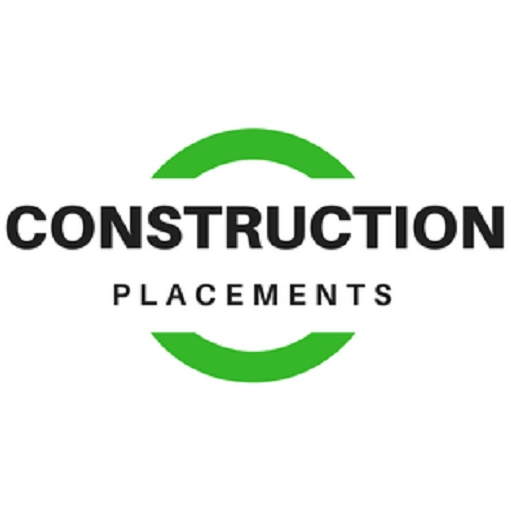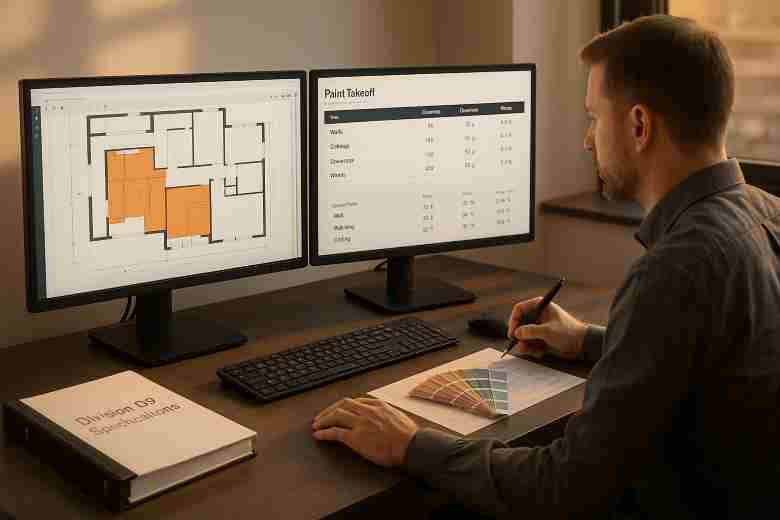Last Updated on September 17, 2025 by Admin
Painting may seem like a finishing trade, but in estimating, it often carries a surprising amount of complexity. From accounting for surface types and coatings to managing multiple room finishes and tricky dimensions, painting takeoffs can be a real challenge if done manually.
That’s where Painting Takeoff Software steps in. By digitizing the takeoff process, it helps estimators measure wall areas, ceilings, trims, and coatings with more consistency. But to get the most accurate results, you need to know how to use the software correctly.
In this post, we’ll share five practical tips to help you get cleaner, more dependable outputs when using painting takeoff software. These tips apply whether you’re bidding residential repaints or large commercial fit-outs, and they can save you hours of rework and missed scope.
Top 5 Tips to Get Better Results From Your Painting Takeoff Software
1. Start With Clean, Layered Drawings
The quality of your takeoff depends heavily on the drawings you upload. Make sure the PDF or CAD files are not just legible, but also layered correctly so you can isolate walls, ceilings, and other surfaces quickly. This makes it easier to assign paint types or quantities without manual overrides.
If the drawings lack detail, confirm dimensions and scopes with the GC or architect before you begin. A few minutes of prep upfront can save major errors later.
2. Use Consistent Area and Volume Settings
Painting jobs often require tracking multiple surface types. Use standardized measurement settings within the painting takeoff software to separate walls, ceilings, trims, and accents. Set clear rules for how to measure each surface and apply finishes accordingly.
Avoid switching between units or tools mid-project, as that often leads to miscalculations and inconsistent estimates. If your software allows, save preset measurement rules to use on future jobs.
3. Don’t Ignore Edge Cases
Painting around HVAC ducts, exposed ceilings, or tight corners often takes longer and requires more material. Many estimators forget to factor in these “edge” surfaces, which leads to underbidding and cost overruns.
With a good painting takeoff workflow, you can tag these special areas separately and assign different labor or material factors to them. This is especially useful when coordinating with other trades doing HVAC takeoffs or mechanical finishes.
4. Double-Check Overlaps and Deductions
A common mistake in digital takeoffs is overlapping surfaces or failing to deduct windows, doors, and fixtures. Most painting takeoff software gives you tools to automate these deductions, but they still require a second pass to verify.
Build a quick checklist: have all unpainted areas been excluded, are overlaps flagged, and is each finish type properly mapped? Catching these issues early improves estimate quality and avoids friction during execution.
5. Compare Results Across Scopes
Painting is usually one of the last scopes to go in, which means it gets affected by every trade before it. Use your takeoff outputs alongside those from paving takeoffs, HVAC takeoffs, or drywall estimates to check for scope gaps or conflicting assumptions.
Collaborating with other trades early helps you avoid change orders and protects your margin. This is especially useful on multifamily or mixed-use projects where scope overlap is common.
Final Thoughts
Accurate painting takeoffs come down to clarity, consistency, and attention to detail. The right painting takeoff software can simplify this process, but only when paired with a smart approach to measurement and planning.
By applying the tips above, estimators can create more dependable outputs, reduce surprises during execution, and win more bids with confidence.
Related Posts:
- The Importance of Takeoffs in Construction: A Comprehensive Guide
- How to Choose the Perfect Radiator for Your Home
- The Definitive Guide to Construction Takeoff & Estimating Software
- The Ultimate Guide to Takeoff Estimating
- How Concrete Takeoffs Are Changing the Way Contractors Estimate Projects


